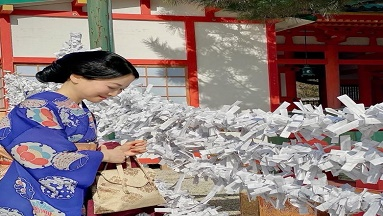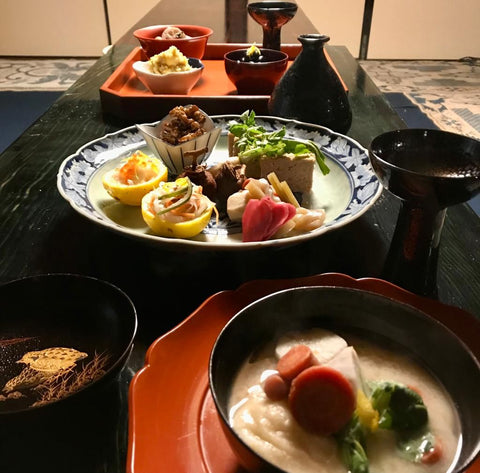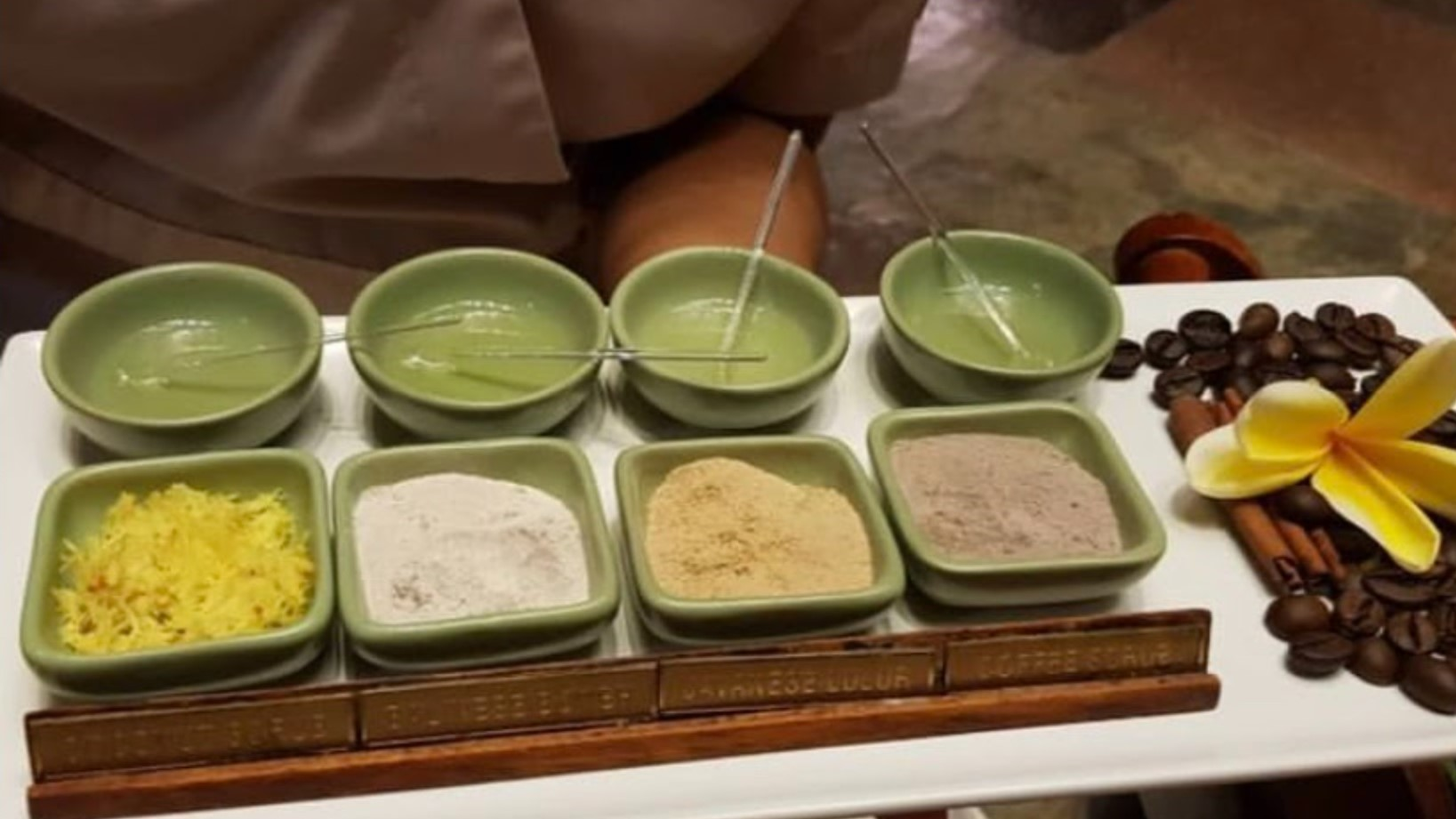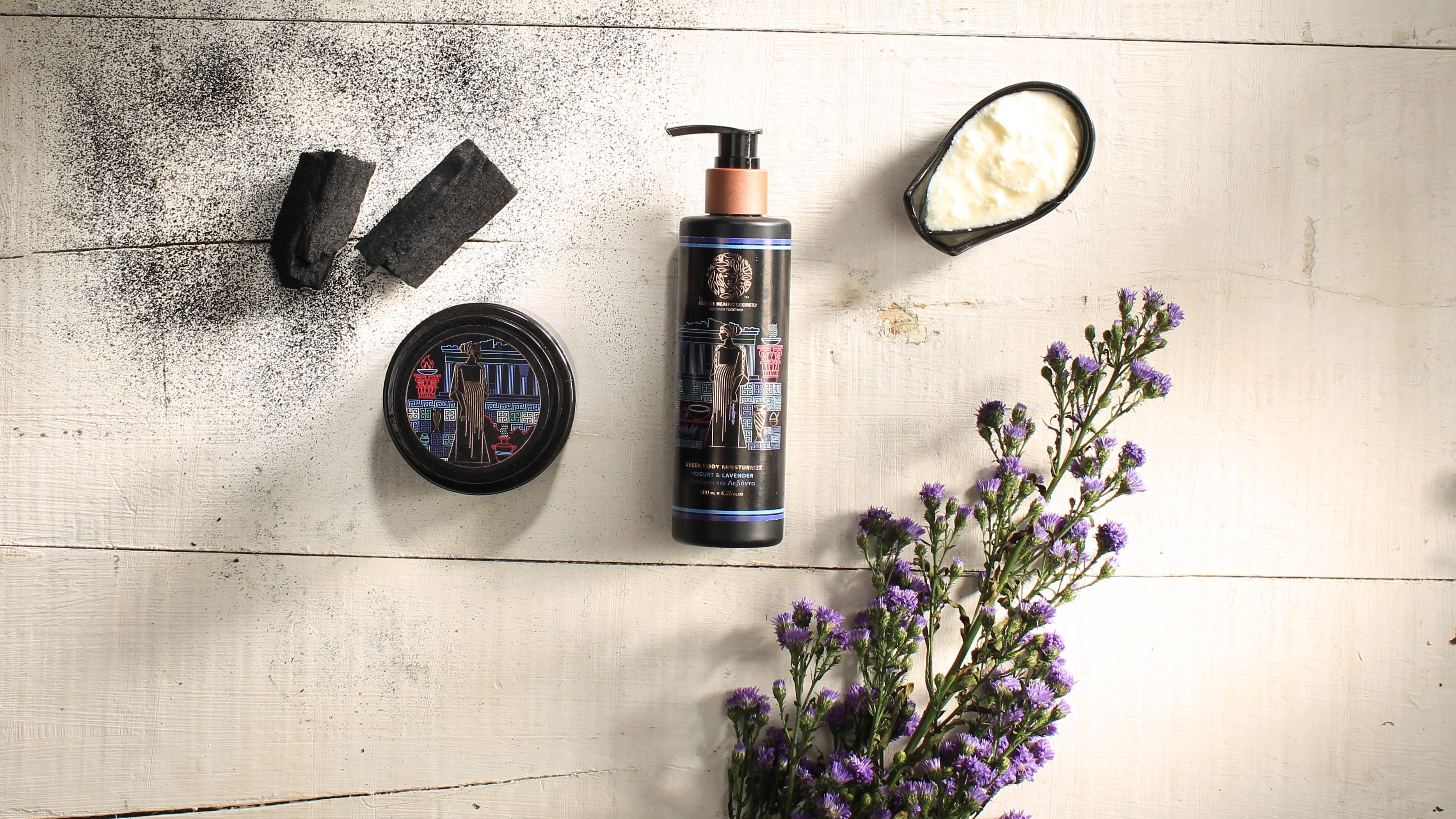MULTI-PURPOSE TRAVEL POUCH WITH SKINCARE SAMPLES FREE ON PURCHASE OF 3500 AND ABOVE
MULTI-PURPOSE TRAVEL POUCH WITH SKINCARE SAMPLES FREE ON PURCHASE OF 3500 AND ABOVE
MULTI-PURPOSE TRAVEL POUCH WITH SKINCARE SAMPLES FREE ON PURCHASE OF 3500 AND ABOVE
MULTI-PURPOSE TRAVEL POUCH WITH SKINCARE SAMPLES FREE ON PURCHASE OF 3500 AND ABOVE
MULTI-PURPOSE TRAVEL POUCH WITH SKINCARE SAMPLES FREE ON PURCHASE OF 3500 AND ABOVE
MULTI-PURPOSE TRAVEL POUCH WITH SKINCARE SAMPLES FREE ON PURCHASE OF 3500 AND ABOVE
MULTI-PURPOSE TRAVEL POUCH WITH SKINCARE SAMPLES FREE ON PURCHASE OF 3500 AND ABOVE
MULTI-PURPOSE TRAVEL POUCH WITH SKINCARE SAMPLES FREE ON PURCHASE OF 3500 AND ABOVE
MULTI-PURPOSE TRAVEL POUCH WITH SKINCARE SAMPLES FREE ON PURCHASE OF 3500 AND ABOVE
MULTI-PURPOSE TRAVEL POUCH WITH SKINCARE SAMPLES FREE ON PURCHASE OF 3500 AND ABOVE
MULTI-PURPOSE TRAVEL POUCH WITH SKINCARE SAMPLES FREE ON PURCHASE OF 3500 AND ABOVE
MULTI-PURPOSE TRAVEL POUCH WITH SKINCARE SAMPLES FREE ON PURCHASE OF 3500 AND ABOVE
MULTI-PURPOSE TRAVEL POUCH WITH SKINCARE SAMPLES FREE ON PURCHASE OF 3500 AND ABOVE
MULTI-PURPOSE TRAVEL POUCH WITH SKINCARE SAMPLES FREE ON PURCHASE OF 3500 AND ABOVE
MULTI-PURPOSE TRAVEL POUCH WITH SKINCARE SAMPLES FREE ON PURCHASE OF 3500 AND ABOVE
MULTI-PURPOSE TRAVEL POUCH WITH SKINCARE SAMPLES FREE ON PURCHASE OF 3500 AND ABOVE
MULTI-PURPOSE TRAVEL POUCH WITH SKINCARE SAMPLES FREE ON PURCHASE OF 3500 AND ABOVE
MULTI-PURPOSE TRAVEL POUCH WITH SKINCARE SAMPLES FREE ON PURCHASE OF 3500 AND ABOVE
MULTI-PURPOSE TRAVEL POUCH WITH SKINCARE SAMPLES FREE ON PURCHASE OF 3500 AND ABOVE
MULTI-PURPOSE TRAVEL POUCH WITH SKINCARE SAMPLES FREE ON PURCHASE OF 3500 AND ABOVE













2 comments
A fascinating read. Thoroughly enjoyed the little details of a culture that dates back centuries.
Felt estatic while reading this piece as an enthusiast of all traditions and cultures. Beautifully written ….kudos👍